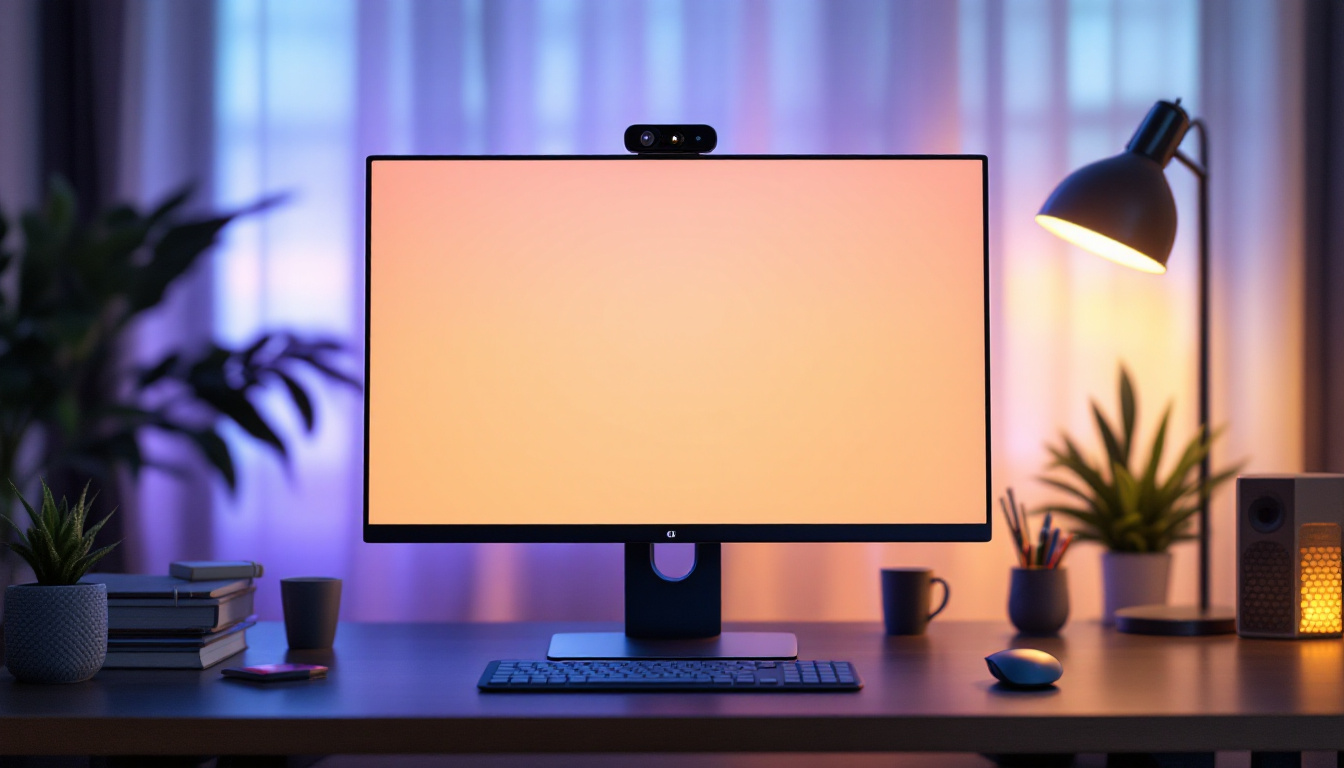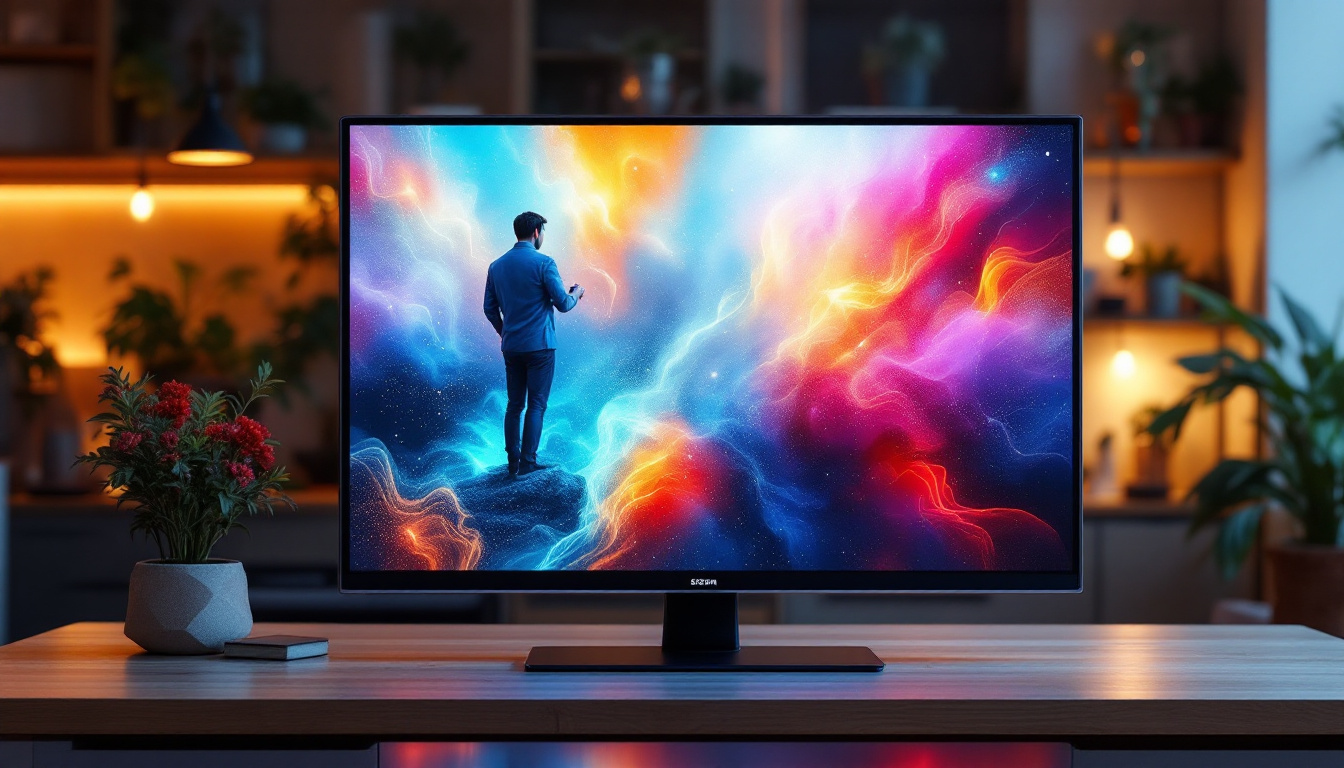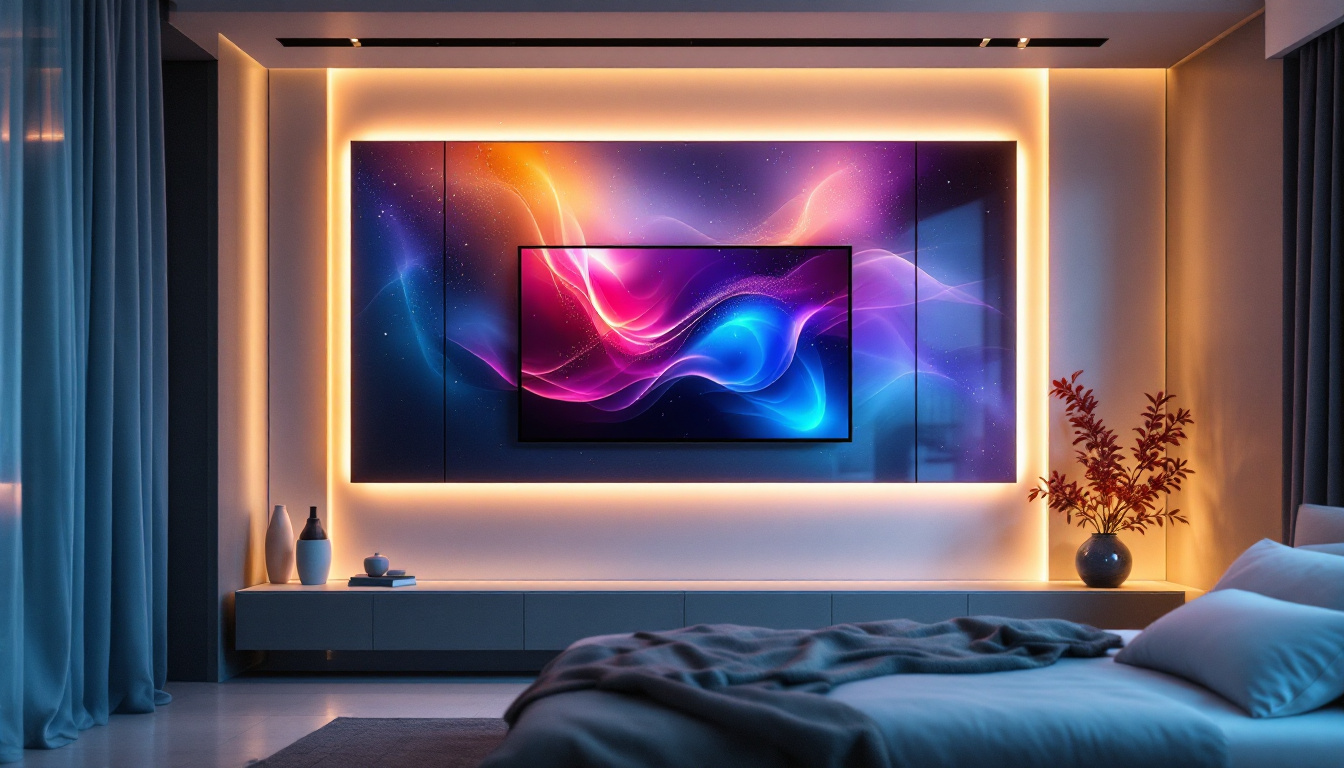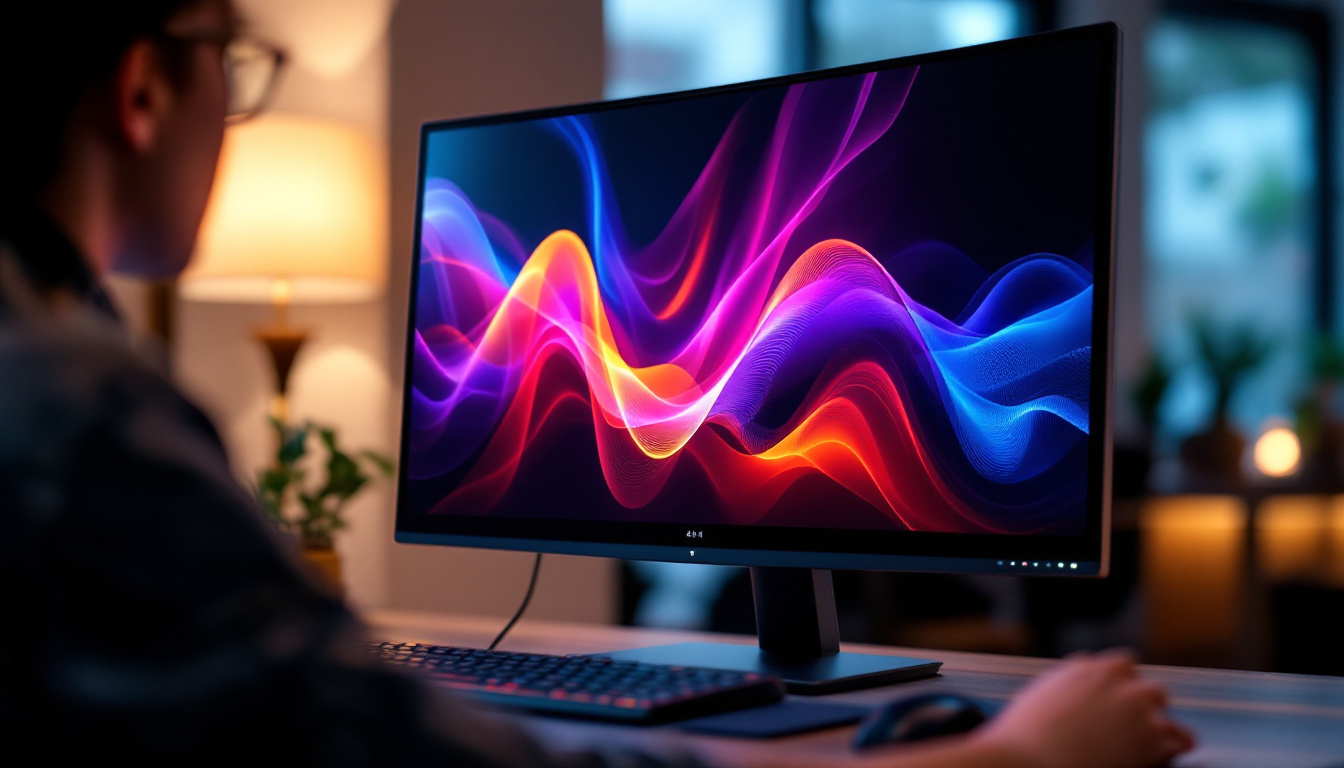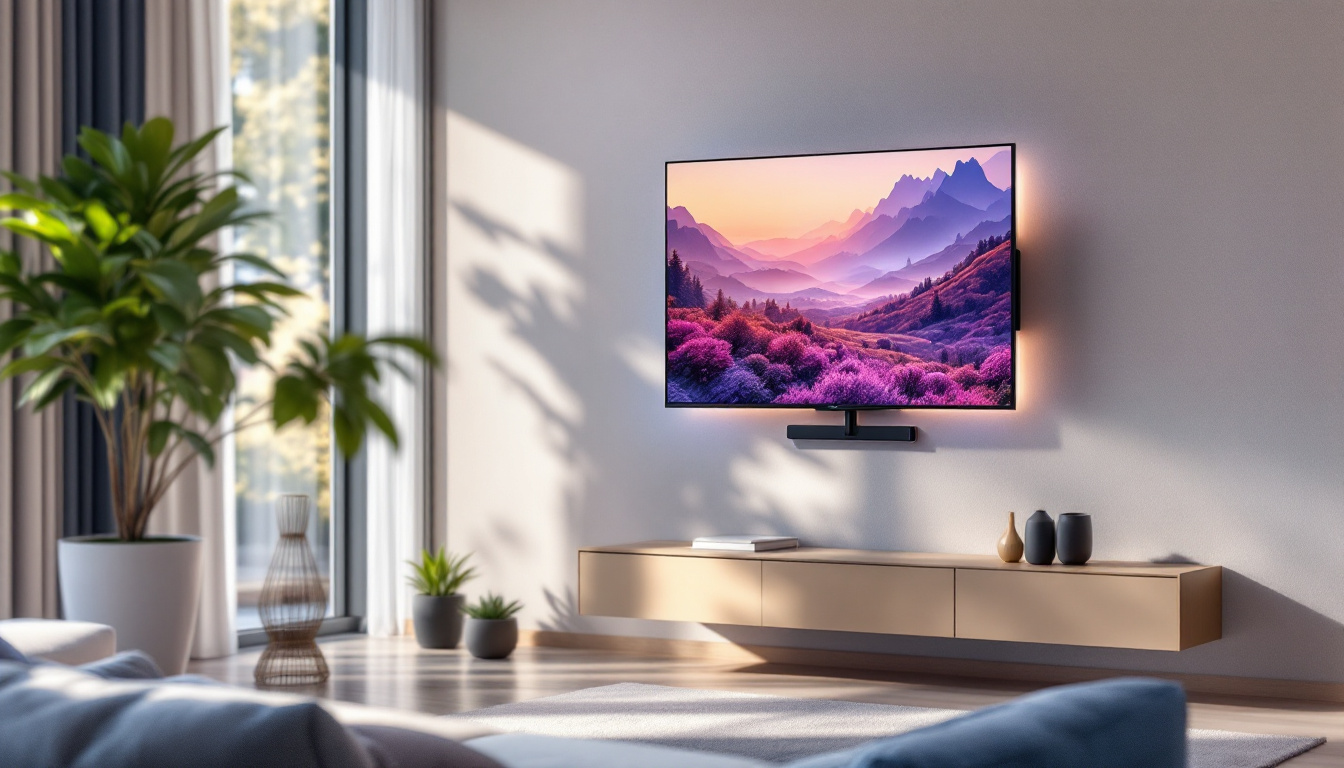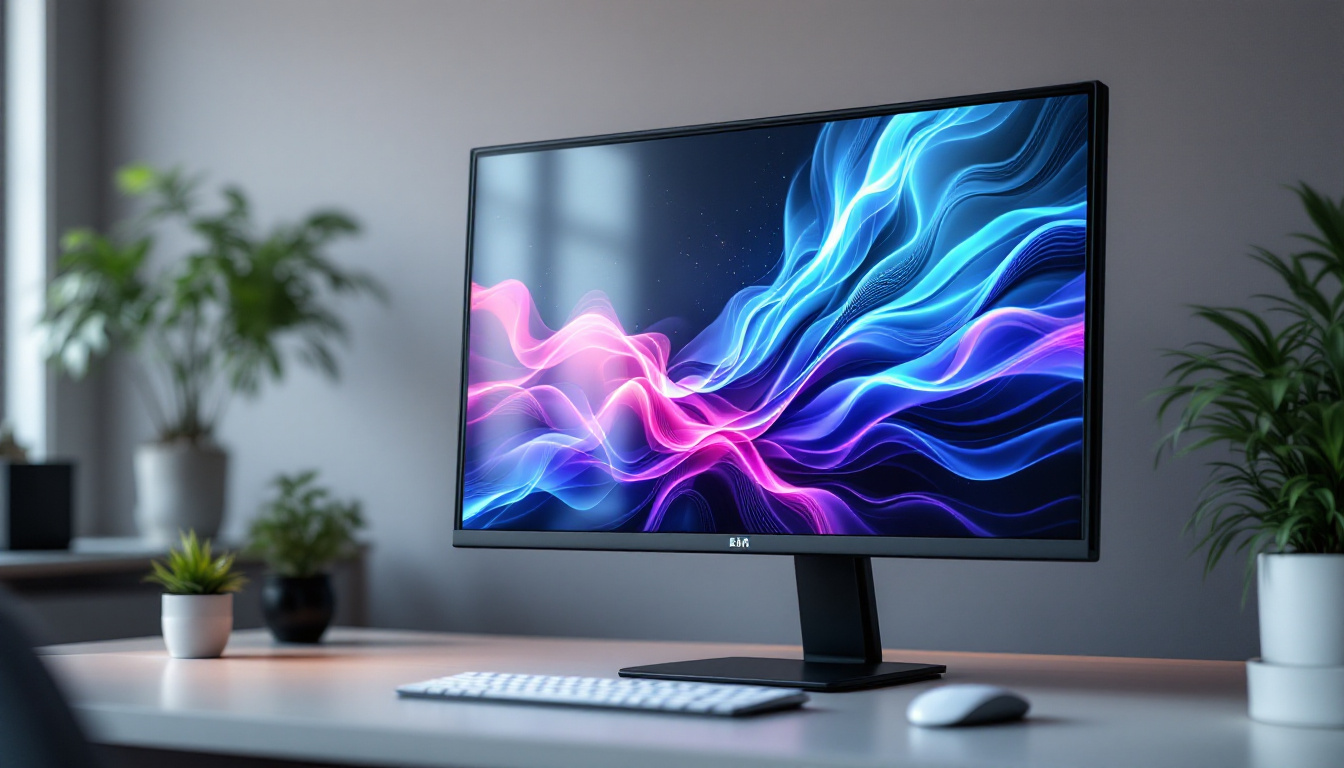Touch Screen For LCD Monitor: LED Display Explained
In the realm of technology, touch screens have revolutionized the way users interact with devices. From smartphones to tablets, and now extending to LCD monitors, touch screen technology has become ubiquitous. This article delves into the integration of touch screens with LCD monitors, focusing on LED displays, their functionality, advantages, and applications.
Understanding Touch Screen Technology
Touch screen technology allows users to interact with a computer or device by touching the display screen. This interaction can be through various methods, including finger taps, gestures, and stylus inputs. The technology has evolved significantly over the years, leading to a variety of touch screen types, each with unique features and applications.
Types of Touch Screens
There are primarily four types of touch screen technologies: resistive, capacitive, infrared, and optical. Each type has its own set of advantages and disadvantages, making them suitable for different applications.
- Resistive Touch Screens: These screens consist of multiple layers that register touch when pressure is applied. They are cost-effective and work well with gloves or styluses, making them ideal for industrial applications.
- Capacitive Touch Screens: Utilizing the electrical properties of the human body, these screens are highly responsive and support multi-touch gestures. They are commonly found in smartphones and tablets.
- Infrared Touch Screens: These screens use infrared light beams to detect touch. They offer high durability and clarity but can be more expensive than other types.
- Optical Touch Screens: Using cameras to detect touch, these screens can provide high-resolution displays and are often used in large-format displays.
How Touch Screens Work
Touch screens function by detecting the location of a touch event on the screen. In resistive screens, this is achieved through pressure, while capacitive screens detect changes in electrical charge. Infrared and optical screens utilize light and cameras to determine touch locations. The data collected is then processed by the device’s operating system to execute commands, such as opening applications or navigating menus.
In addition to their basic functionality, touch screens have integrated advanced technologies that enhance user experience. For instance, many modern capacitive touch screens support haptic feedback, which provides tactile responses to user interactions, making the experience more intuitive. This feedback can simulate the sensation of pressing a physical button, adding a layer of engagement that is particularly beneficial in gaming and interactive applications.
Moreover, touch screen technology is increasingly being integrated with artificial intelligence and machine learning algorithms. These advancements allow for more sophisticated gesture recognition and predictive text input, making interactions smoother and more efficient. As touch screens become more ubiquitous in various sectors, from healthcare to retail, the potential for innovation continues to expand, promising even more intuitive and responsive user interfaces in the future.
LCD Monitors and LED Technology
LCD (Liquid Crystal Display) monitors have become the standard for computer displays due to their slim profile and energy efficiency. However, the term “LCD” can sometimes be misleading, as many modern LCDs utilize LED (Light Emitting Diode) backlighting to enhance brightness and color accuracy. This fusion of technologies has revolutionized the way we experience visual content, from gaming to graphic design, providing users with a richer and more immersive experience.
What is LED Backlighting?
LED backlighting refers to the use of LEDs to illuminate the pixels in an LCD screen. This technology has largely replaced traditional CCFL (Cold Cathode Fluorescent Lamp) backlighting due to its superior energy efficiency and ability to produce brighter displays. LED backlighting can be categorized into two main types: edge-lit and full-array. Each type has its own unique advantages and drawbacks, influencing the choice of monitor depending on the user’s specific needs and preferences.
- Edge-Lit LED: In this configuration, LEDs are placed around the edges of the screen, allowing for a thinner design. However, this can sometimes lead to uneven lighting, particularly in darker scenes where the edges may appear brighter than the center. Despite this, edge-lit displays are often more affordable and are commonly found in budget-friendly models.
- Full-Array LED: This setup uses a grid of LEDs behind the entire screen, providing more uniform brightness and better contrast ratios. This technology allows for local dimming, where specific areas of the screen can be dimmed or brightened independently, enhancing the overall viewing experience, especially in high-definition content.
Benefits of LED Displays
LED displays offer numerous advantages over traditional LCDs. They provide better color accuracy, higher brightness levels, and improved energy efficiency. Additionally, LED displays can achieve deeper blacks and more vibrant colors, making them ideal for multimedia applications. The advancements in LED technology have also led to the development of HDR (High Dynamic Range) displays, which offer an even wider color gamut and increased contrast, allowing for a more lifelike representation of images and videos.
Moreover, the longevity of LED backlighting systems contributes to the overall durability of LCD monitors. Unlike CCFLs, which can degrade over time and affect display quality, LEDs have a longer lifespan and maintain their brightness levels for a more extended period. This means that users can enjoy consistent performance without the need for frequent replacements. As the demand for high-quality displays continues to rise, manufacturers are increasingly integrating innovative features such as adaptive brightness and blue light reduction, further enhancing the user experience and promoting eye health during prolonged use.
Integrating Touch Screen Technology with LCD Monitors
The integration of touch screen technology with LCD monitors has opened up new possibilities for user interaction. This combination is particularly beneficial in environments where hands-on engagement is essential. The tactile feedback provided by touch screens enhances the user experience, making it more immersive and interactive. As technology continues to evolve, the integration of touch screens with LCD monitors is expected to become even more sophisticated, incorporating features such as haptic feedback and advanced gesture recognition.
Applications of Touch Screen LCD Monitors
Touch screen LCD monitors are widely used across various industries, including education, healthcare, retail, and entertainment. In educational settings, interactive displays facilitate collaborative learning, allowing students to engage with content dynamically. This interactivity not only captures students’ attention but also promotes critical thinking and problem-solving skills. In healthcare, touch screens enable medical professionals to access patient information quickly and efficiently, streamlining workflows and improving patient care. For instance, doctors can review medical histories and lab results on the spot, enhancing the decision-making process during consultations.
Touch Screen Features and Functionality
Modern touch screen LCD monitors come equipped with various features that enhance usability. Multi-touch capabilities allow for gestures such as pinch-to-zoom and swipe, making navigation intuitive. Additionally, many touch screens are designed to be durable and resistant to scratches, ensuring longevity in high-traffic environments. Some models also incorporate anti-glare technology, which improves visibility in brightly lit spaces, making them ideal for outdoor kiosks or retail displays. Furthermore, the integration of customizable interfaces allows businesses to tailor the user experience to their specific needs, whether it be through branded applications or interactive menus that guide customers through their offerings.
Choosing the Right Touch Screen LCD Monitor
When selecting a touch screen LCD monitor, several factors should be considered to ensure it meets specific needs. These factors include screen size, resolution, touch technology, and connectivity options.
Screen Size and Resolution
The size and resolution of the monitor play a crucial role in the user experience. Larger screens with higher resolutions provide more screen real estate and clearer images, which is particularly important for applications requiring detailed visuals, such as graphic design or video editing. For instance, a 27-inch monitor with 4K resolution can display intricate details and vibrant colors, making it an excellent choice for professionals who rely on precision. Additionally, larger screens can enhance multitasking capabilities, allowing users to work on multiple applications simultaneously without compromising visibility.
Touch Technology Considerations
Choosing the right touch technology is essential based on the intended use. For example, resistive touch screens may be more suitable for industrial applications where users wear gloves, while capacitive screens are ideal for consumer electronics due to their responsiveness and ease of use. Furthermore, there are also optical touch screens, which utilize cameras to detect touch and can offer high durability and clarity. This technology is often found in kiosks and public information displays, where durability and ease of cleaning are paramount. Understanding the environment in which the monitor will be used, such as exposure to dust, moisture, or extreme temperatures, can also guide the choice of touch technology.
Future Trends in Touch Screen Technology
As technology continues to evolve, so does the potential for touch screen applications. Innovations in materials, display technology, and user interface design are paving the way for more advanced touch screen solutions.
Advancements in Touch Screen Materials
Recent developments in materials science have led to the creation of more durable and responsive touch screens. For instance, the introduction of flexible materials allows for curved and foldable displays, expanding the possibilities for device design.
Enhanced User Interfaces
Future touch screen interfaces are likely to become more intuitive, incorporating artificial intelligence and machine learning to adapt to user behavior. This could lead to more personalized experiences, where the system anticipates user needs and streamlines interactions.
Conclusion
The integration of touch screen technology with LCD monitors has transformed how users interact with digital content. With advancements in LED display technology and the versatility of touch screens, the possibilities are endless. As industries continue to adopt these technologies, the future promises even more innovative applications that enhance user experience and engagement.
Whether in educational environments, healthcare, or retail, touch screen LCD monitors are set to play a pivotal role in shaping the future of human-computer interaction. As technology continues to advance, staying informed about the latest developments in touch screen technology is essential for businesses and individuals alike.
Discover LumenMatrix’s Innovative LED Display Solutions
Ready to elevate your interactive experiences with the latest in LED display technology? LumenMatrix offers a comprehensive range of LED display modules designed to bring your content to life. From Indoor and Outdoor LED Walls to specialized solutions like Vehicle and Sports Displays, our products are crafted to maximize brand visibility and audience engagement. Immerse yourself in the future of visual communication with our Custom, All-in-One, and Transparent LED Displays, each tailored to meet the unique needs of your business. Check out LumenMatrix LED Display Solutions today and transform your space into a dynamic visual showcase.












